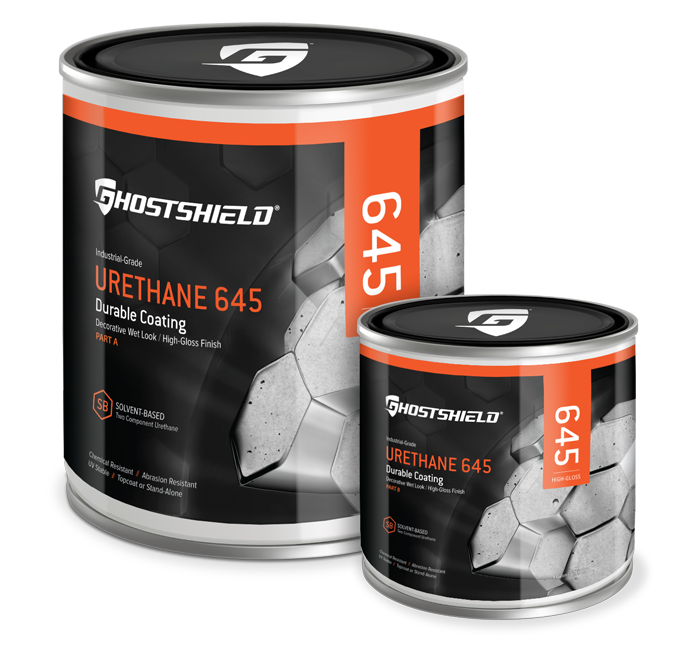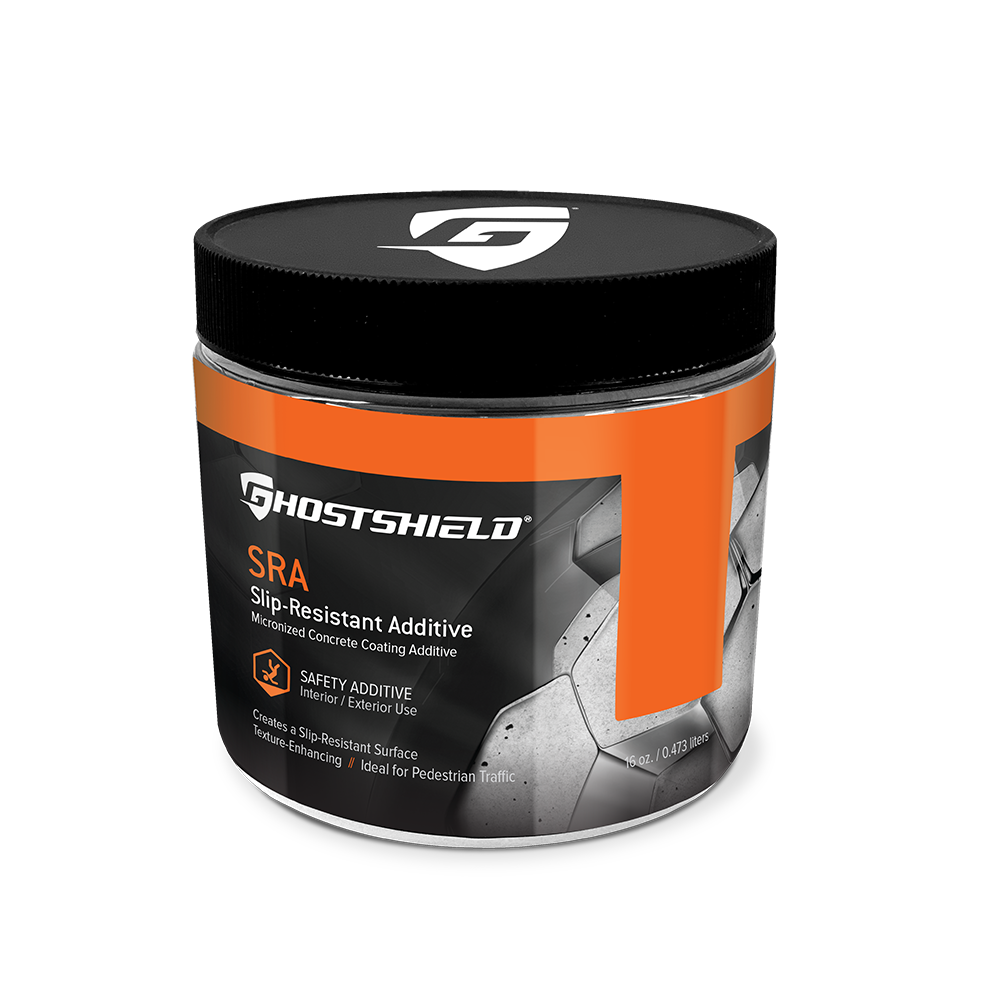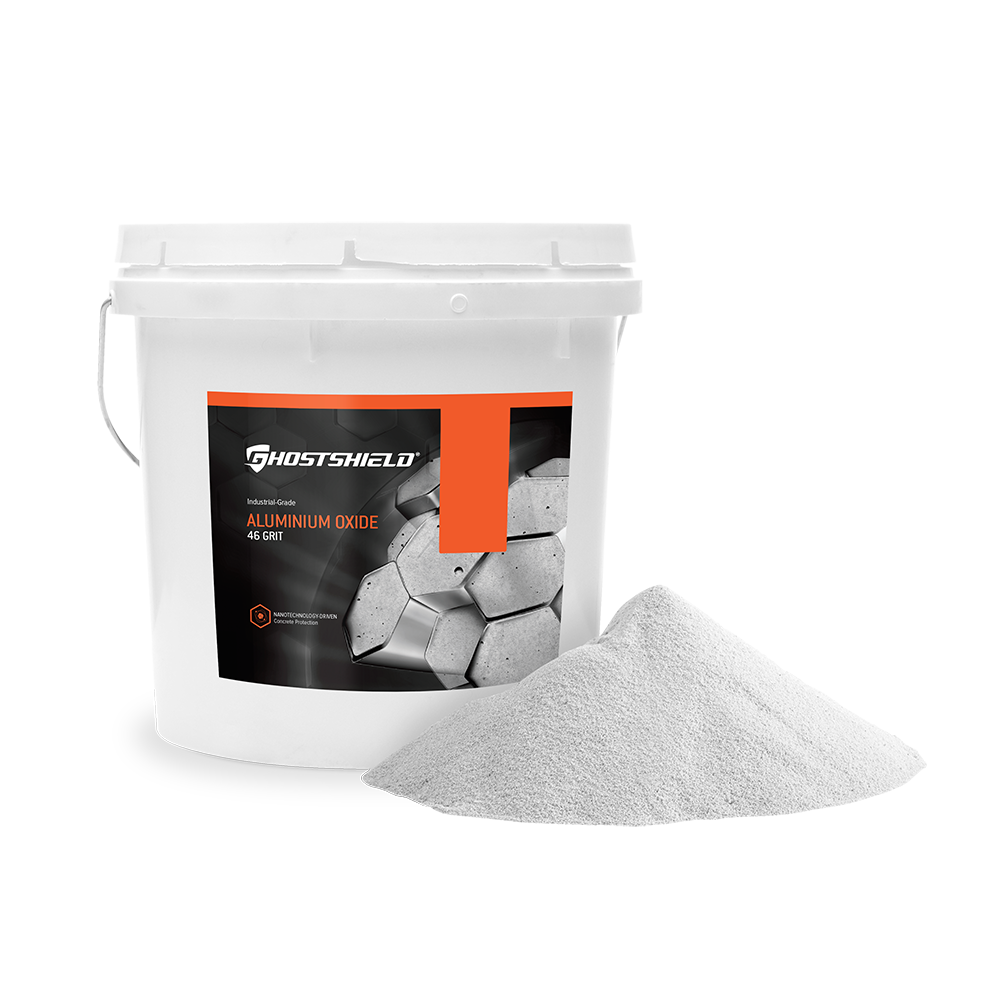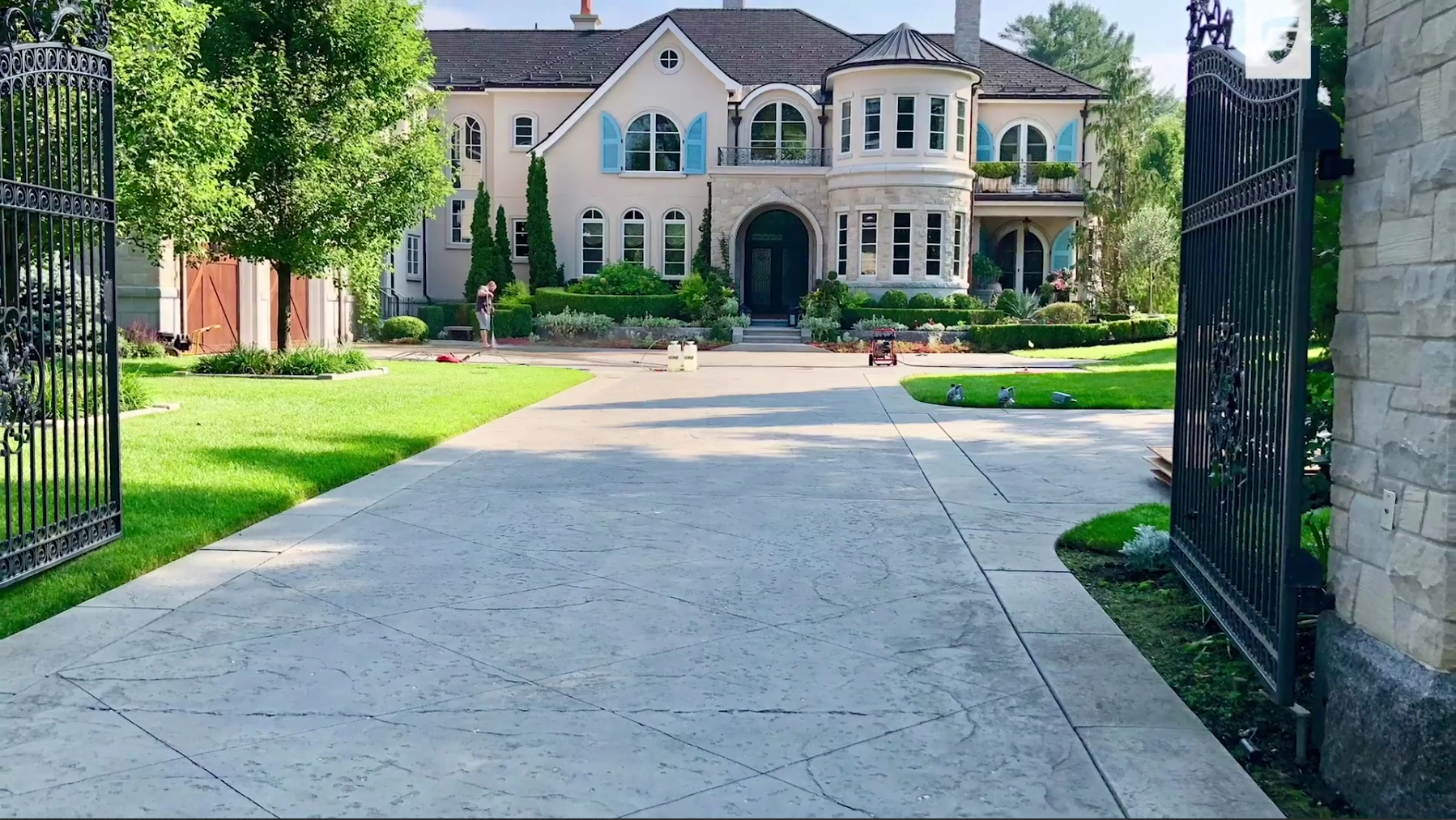Mixing:
This product has two components. The part A should be mixed with the part B thoroughly until uniform. The kits come prepackaged and should be used in their entirety and should not be broken down. If a color pack is used, it is recommended that the color pack be combined with the part A prior to adding the part B and then mixed well with the part B. After the two (or three, if color packs are used) parts are combined, mix extremely well with slow speed mixing equipment such as a jiffy mixer until the material is thoroughly mixed and streak free. Avoid whipping air into the coating. Improper mixing may result in product failure. Once the material is opened, it cannot be re-sealed for later use.
Application:
Test the sealer in an inconspicuous area to ensure the desired coverage and appearance is achieved. Pour the mixed material into the application tray. Apply at the rate of 600 square feet per gallon in a uniform manner with a 3/8” nap roller. For uniform appearance, it is critical that the material is not applied thicker than this application rate. Dip the roller in the coating and roll out excess material in the roller tray prior to the actual application to the substrate. Overlap subsequent passes being sure no excess material is applied when overlapping. Make sure the floor has just enough material to cover evenly in a thin application. Finally, re-roll the area in the opposite direction of the first pass applications to level and even the application. The final re-rolling for the entire floor should be in the same direction. Remix the material in the application tray to maintain a uniform mix throughout the application process. If the appearance is not satisfactory, re-roll until the area is uniform in appearance. Maintain temperatures and humidity within the recommended ranges during the application and during the curing process. Make sure the substrate has a suitable epoxy primer that has been de-glossed (see surface preparation above) It is best to maintain a wet edge to avoid roller marks. Direct sunlight or high temperatures may cause visible roller marking during application. Too thick of an application may result in solvent entrapment and product failure. The surface must be dry before the application of this product.








